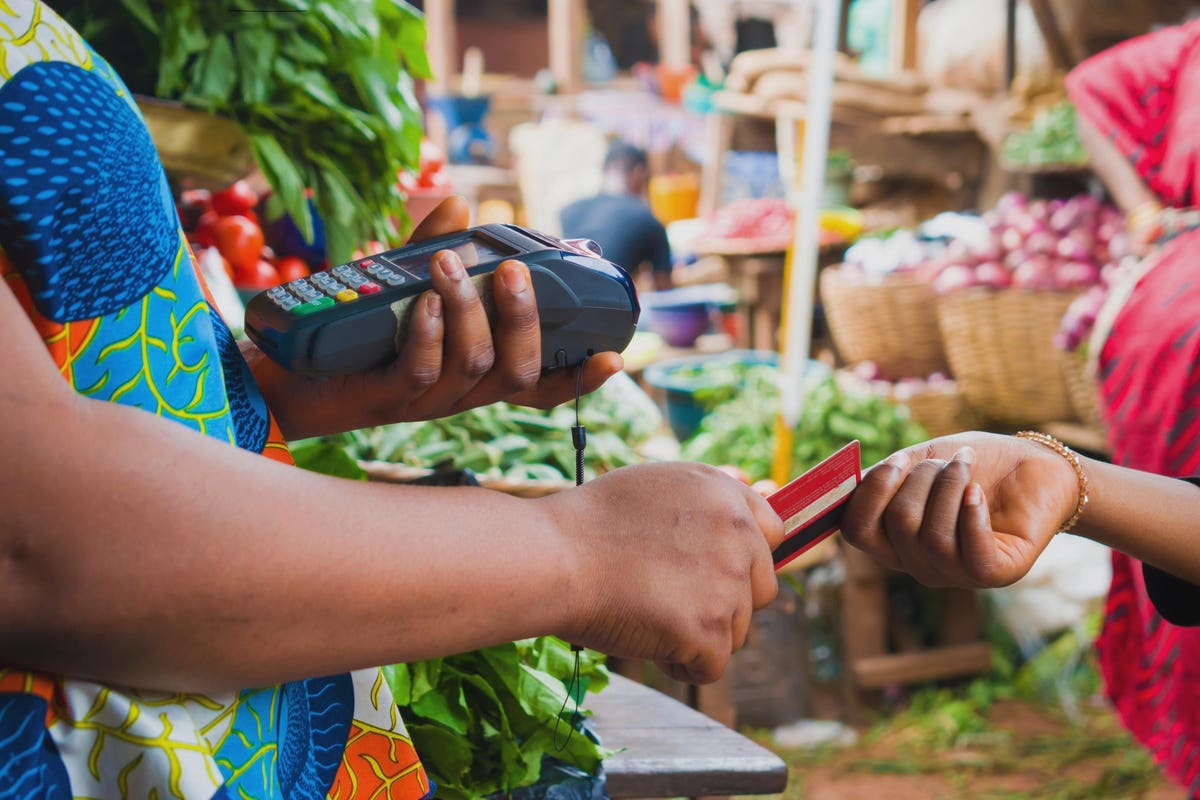Micro entrepreneurs in developing countries who take out loans from microfinance organizations as members of a group are more satisfied with their experience than individual borrowers. And microfinance clients typically are more confident in their ability to fund an emergency expense than the population as a whole.
That’s one of the early insights from a preliminary look at the latest Microfinance Index (MFI), a survey of microfinance clients conducted by impact measurement company 60 Decibels. With data from over 32,000 microfinance clients in Africa, Asia and Latin America served by more than 115 financial services providers, the final report isn’t due out for two months or so.
Microfinance institutions typically provide small loans and other financial services to people—mostly micro business owners—that would otherwise be out of reach, thanks largely to punishingly high interest rates charged by conventional lenders. Organizations participating in the survey generally offer loans that average around $1,500 for individual borrowers.
Some preliminary insights include:
Group vs. individual borrowers. Microfinance organizations may provide loans to groups of anywhere from 5 to 20 borrowers, depending on the region, who divvy up the money and are responsible to their peers to make loan payments, or they may lend to individuals. According to Devin Olmack, microfinance index lead at 60 Decibels, microfinance organizations as a whole have started to increase their lending to individuals, thanks to the introduction of digital technology. But early results from the survey indicate, she says, that, “Group loan clients report a better experience than individuals.”
Specifically, group members provided higher Net Promoter Scores (NPS) than individuals. (That’s a metric used to measure customer satisfaction/perceptions by asking how likely it is that they’d recommend a product or service to a friend or colleague).
Plus, group members experienced better household/quality of life outcomes than individuals. That covered such matters as impact on education, home improvements, meal quality and ability to visit a healthcare provider. The upshot: “Group lending continues to play an important role in microfinance,” says Olmack.
Business vs. other uses. Clients using their loans for “productive” or business purposes report better outcomes in the financial resiliency of their enterprises and their households compared to borrowers using the money for “consumption”, that is, purchases that don’t generate income. (Most borrowers—83%—use their loan for a business purpose). They also report greater increases in the amount they spend on their child’s education, healthcare, meals and home improvements.
Women vs. men. Women reported slightly stronger outcomes in confidence and decision-making compared to men. Eighty-three percent of women stated their confidence had improved since taking out a loan compared to 79% of men; 67% of women said their ability to make financial decisions without consulting their spouse or another adult had increased vs. 61% of men.
Emergency Expenses. Microfinance clients report more confidence in their ability to handle an unexpected emergency than the population as a whole. Just 8% of respondents in the latest survey said it would be very difficult to fund such an expense. Olmack compared that response to the World Bank’s 2021 Global Findex, a survey of adults in developing countries. Thirty-two percent of those respondents said it would be very difficult to pay for an emergency expense over the next month. “That suggests the clients surveyed for the MFI Index are more resilient than the average across developing countries,” says Olmack.
Read the full article here





